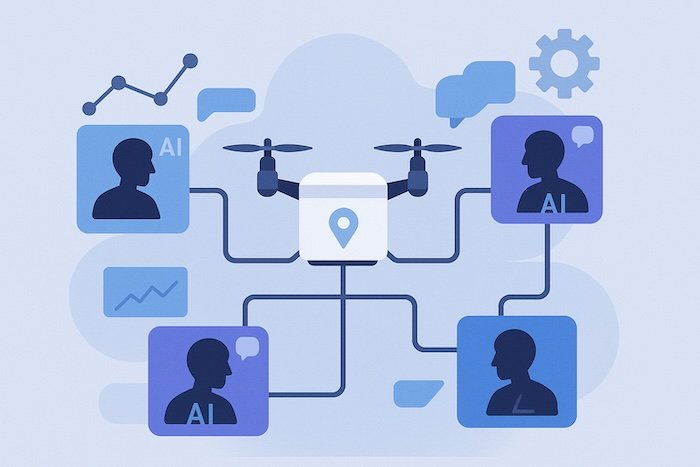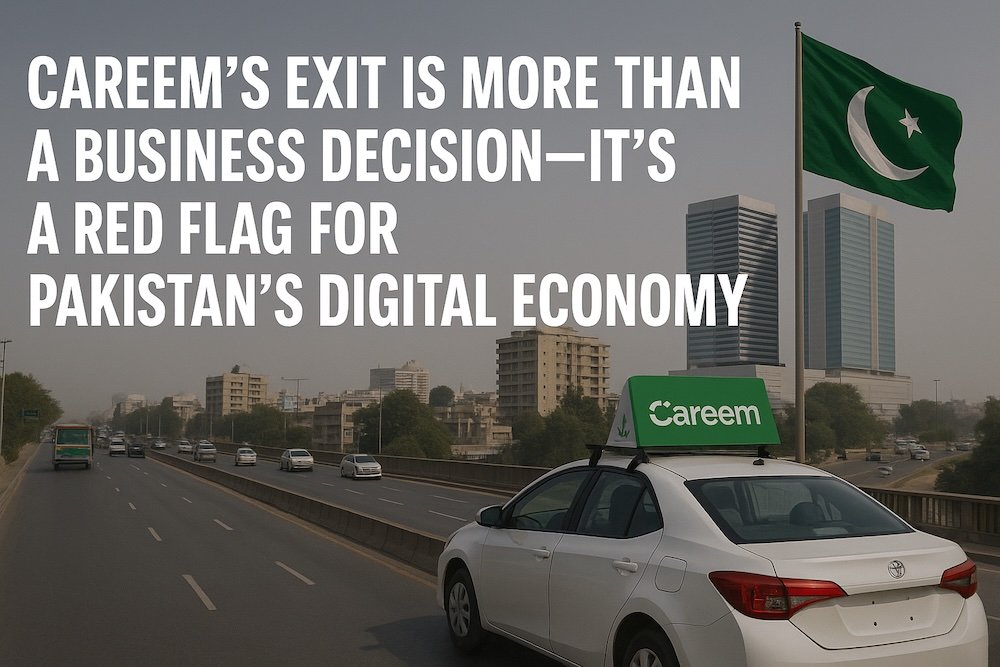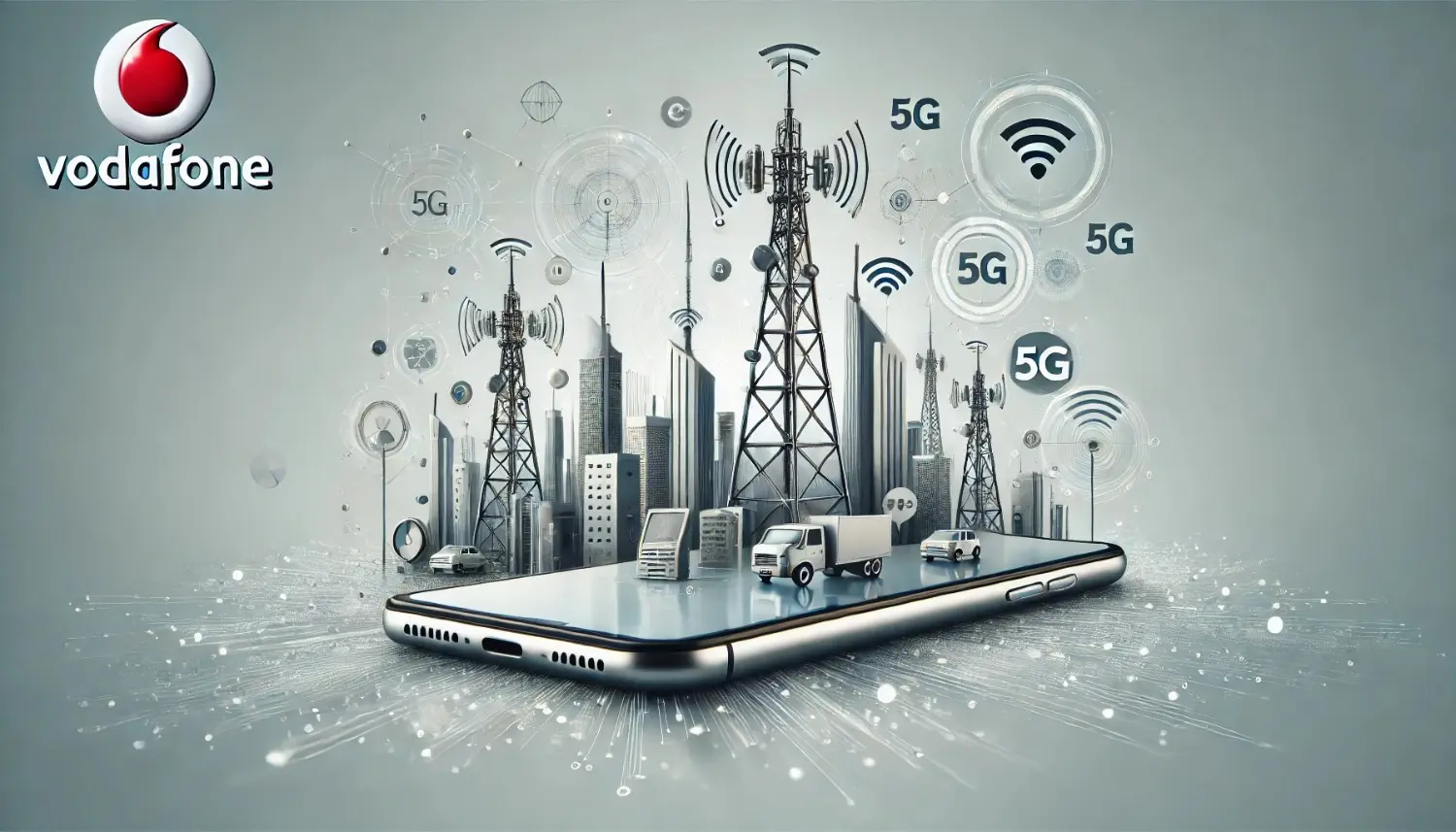The rapid development in telecommunications, particularly the shift from 4G to 5G, has dramatically changed our digital landscape. Now, as the world prepares for the advent of 6G, the next frontier promises even greater transformations. This article explores the potential of 6G, its expected impact on various industries, and the necessary steps for its implementation.
The Evolution of Mobile Networks
From 1G to 5G: A Historical Overview
Mobile communication has evolved significantly over the past few decades. The journey began with 1G, which introduced basic voice services. The 1990s saw the advent of 2G networks, bringing digital encryption and SMS capabilities. The early 2000s marked the rise of 3G, which enabled mobile internet access. The leap to 4G brought high-speed data and video streaming, while 5G has focused on providing ultra-reliable low-latency communication and supporting a vast array of devices in the Internet of Things (IoT).
5G’s Enterprise Focus
Unlike its predecessors, 5G has a strong emphasis on enterprise and industrial applications. Its design caters to the needs of various sectors, from manufacturing to healthcare, enhancing operational efficiency and enabling innovative use cases like autonomous vehicles and smart cities.
Understanding 6G: The Next Leap
Technological Advancements
6G is expected to surpass 5G in several key areas:
- Peak Data Rates: Projections indicate peak data rates of up to 200 Gbps.
- User-Experienced Data Rates: Minimum speeds around 300-500 Mbps.
- Connection Density: Supporting up to 108 devices per square kilometer.
- Latency: Targeting air interface latencies between 0.1 to 1 millisecond.
New Use Cases
The advanced capabilities of 6G will unlock numerous applications:
- Immersive Communication: Enhanced virtual and augmented reality experiences.
- Hyper-Reliable Communication: Improved telemedicine and industrial automation.
- Rural Connectivity: Better access for remote and underserved areas.
- Massive IoT: Increased deployment of IoT devices in various sectors.
- AI-Enhanced Services: Integration of AI in communication networks for smarter operations.
- Multi-Dimensional Sensing: Advanced navigation and positioning systems.
Strategic Planning for 6G
Global Standardization Efforts
The International Telecommunication Union (ITU) plays a crucial role in setting global standards for 6G. The ITU’s World Radio Communication Conference in 2023 laid the groundwork for these standards, which are expected to be finalized by 2030.
Industry Collaboration
Successful implementation of 6G requires collaboration among telecom operators, regulators, and vendors. The Gulf region, known for its rapid adoption of 5G, is likely to be a significant player in this transition. Policymakers and industry leaders must work together to develop the necessary infrastructure and policies.
Economic and Social Impacts
6G is poised to drive substantial economic growth and social benefits. Enhanced connectivity will improve access to education, healthcare, and government services, particularly in remote areas. The technology will also foster innovation, leading to the creation of new industries and job opportunities.
Challenges and Considerations
Technical and Infrastructure Challenges
The deployment of 6G will require substantial upgrades to existing infrastructure. High-frequency spectrum bands, necessary for 6G, have limited range and penetration, necessitating the development of new technologies to overcome these limitations.
Security and Privacy Concerns
As with any technological advancement, 6G will bring new security challenges. Ensuring robust security protocols and protecting user privacy will be critical. The integration of AI and IoT devices further complicates the security landscape, requiring comprehensive strategies to mitigate risks.
Conclusion
The journey towards 6G is more than just an upgrade in speed and capacity; it represents a transformative leap in how we connect and interact with the world. As we stand on the cusp of this new era, strategic planning, global cooperation, and innovation will be key to realizing the full potential of 6G. The foundation we lay today will shape the future of communication, driving economic growth and improving quality of life worldwide.















